Before there was Alex Eala smashing records and inspiring a new generation of Filipino athletes, there was already a deep, vibrant legacy woven into the fabric of Philippine tennis history. It’s a story rich in determination, trailblazers, and unexpected triumphs. While the spotlight today is deservedly on the rising WTA star, we must journey back to the roots to truly appreciate where it all began—and who laid the groundwork.
🇵🇭 Where It All Started: The Colonial Influence
Tennis came to the Philippines during the early 20th century under American colonial rule. Much like basketball, the sport gained popularity quickly, especially in the cities. Exclusive tennis clubs began popping up in Manila and nearby provinces. These courts, often reserved for the elite, were where the first sparks of local tennis talent ignited.
The Manila Lawn Tennis Club, founded in the 1900s, became a hub for both leisure and competitive play. Here, Filipino players started training seriously, matching up against foreign guests and expats. Tennis wasn’t just a pastime—it became a proving ground for Filipino skill and spirit.
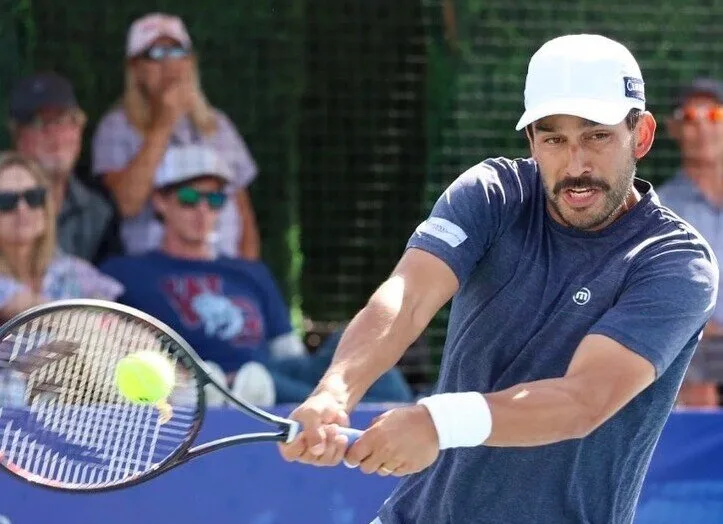
🌟 The Golden Era: 1950s–1970s
Fast forward to the post-war era. As the nation rebuilt, so did its sporting ambitions. Tennis was no longer just a colonial relic—it was becoming a national passion.
Felicisimo Ampon: The “Mighty Mite”
If there’s one name that echoes through Philippine tennis history, it’s Felicisimo Ampon. Standing just 5’3″, he defied expectations and earned global respect. Known for his speed and strategic mind, Ampon became a beacon of hope in a time when Asian athletes were rarely seen on the international stage.
- Highlight: In 1950, Ampon reached the quarterfinals of the French Open. He was dubbed the best tennis player under 5’4″—a quirky title, but one that highlighted his uniqueness.
- He represented the Philippines in countless Davis Cup matches, becoming a national icon and source of pride.
Ampon’s legacy wasn’t just about wins. He showed that Filipinos could challenge the best in the world. He made tennis more accessible—more Filipino.
Raymundo Deyro: The Davis Cup Dynamo
A contemporary of Ampon, Raymundo Deyro also left his mark. Known for his powerful serves and composure under pressure, Deyro was a Davis Cup staple. Together, Deyro and Ampon formed a doubles team feared across Asia.
Their run in the Davis Cup throughout the 1950s and 60s gave the Philippines international exposure, often playing in front of sold-out crowds in Australia, the US, and Europe.
🎾 Tennis in the Provinces: A Grassroots Movement
While Manila enjoyed the glitz of international tournaments, tennis quietly spread throughout the provinces. By the 1970s, tennis clubs were thriving in Cebu, Davao, Iloilo, and Zamboanga.
Local tournaments, especially the Palarong Pambansa, became the breeding ground for young talent. Many national players came from humble beginnings—kids with makeshift rackets, practicing on gravel courts, guided by passionate community coaches.
This grassroots culture was vital. It kept tennis alive and nurtured dreams in areas far from the capital. For many, tennis offered an opportunity to travel, to earn scholarships, and to represent their towns with pride.
🌍 Breaking Barriers: The Rise of Women in Tennis
Before Alex Eala, Filipino women were already making waves.
Loida “Ludy” Fernandez
A standout in the 1960s and 70s, Fernandez dominated local competitions and earned several regional titles. She was known for her elegant strokes and mental toughness, often training under the same conditions as her male counterparts—and beating them.
Marissa Sanchez & Dyan Castillejo
In the 1980s, Marissa Sanchez and Dyan Castillejo became household names. Both were frequent SEA Games medalists, bringing prestige to the women’s side of Philippine tennis.
- Castillejo, in particular, brought a blend of athleticism and media charisma that later helped her transition into a successful TV career—still promoting sports and youth development decades later.
These women didn’t just play—they inspired. They broke gender barriers and gave young Filipinas a reason to pick up a racket.
🏆 SEA Games & Asian Games Glory
In the late 20th century, the Southeast Asian Games and Asian Games became the main platforms for Filipino tennis stars.
The Philippines consistently medaled in these competitions. Players like Rolando Cruz, Manuel Tolentino, and Joseph Lizardo brought home silver and golds, often battling tennis powerhouses like Thailand and Indonesia.
These tournaments weren’t just about winning—they were about unity. Tennis became a patriotic mission, as players represented more than themselves. It was national pride on the court.
💔 The Decline: Challenges in the 1990s and 2000s
Despite individual brilliance, Philippine tennis faced major setbacks entering the new millennium.
- Funding issues, lack of modern facilities, and limited international exposure stalled progress.
- Promising players often had to choose between pursuing tennis or finding more stable careers.
- The sport was overshadowed by basketball, boxing, and later, volleyball.
Still, the flame never fully died. Regional tournaments, private academies, and dedicated coaches kept the ecosystem alive. Tennis veterans took on the role of mentors, laying the groundwork for a revival.
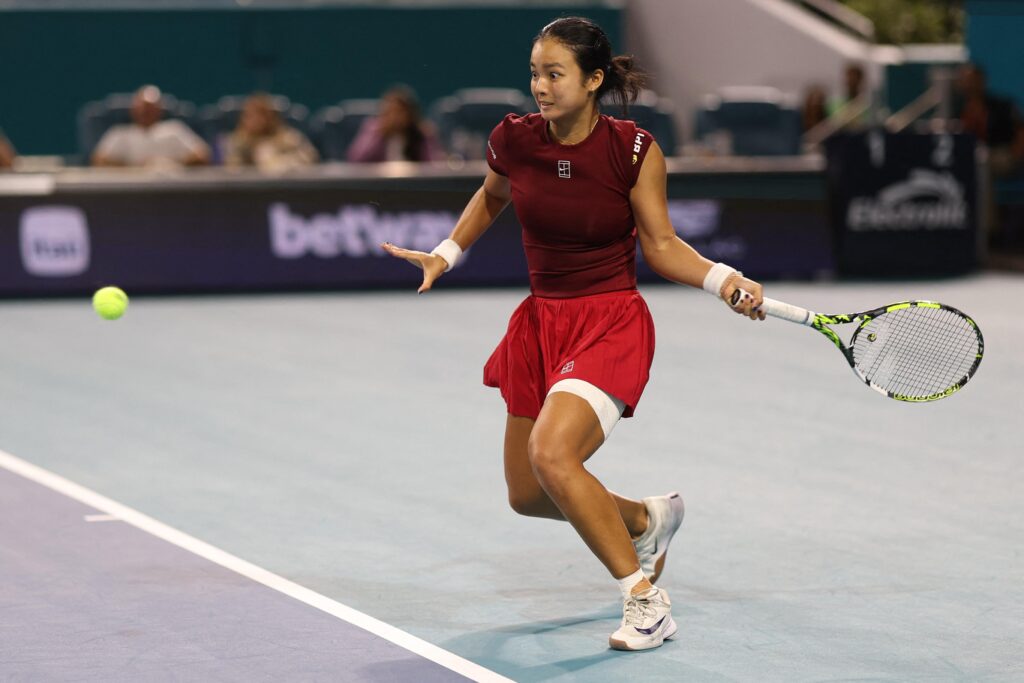
🌟 The Eala Era: A New Chapter
Enter Alex Eala—the face of modern Filipino tennis. Trained at the Rafa Nadal Academy, a junior Grand Slam champion, and now a rising force on the WTA Tour, Eala’s rise isn’t a solo story. It’s the fruit of a century-long struggle, sacrifice, and passion.
Her presence on the world stage brings everything full circle. She carries the torch passed down from Ampon, Deyro, Fernandez, and Castillejo. And she’s lighting the way for a new generation.
💡 Why This History Matters
Understanding Philippine tennis history isn’t just a nostalgic trip—it’s essential.
- It honors the pioneers who played without sponsorships, under scorching sun, for love of country.
- It shows the resilience of athletes who thrived despite the odds.
- It reminds us that talent has always been here—all it needed was the right platform.
Alex Eala may be the face of Philippine tennis today, but the sport’s soul was forged in barrios, clubs, and Davis Cup matches decades ago.
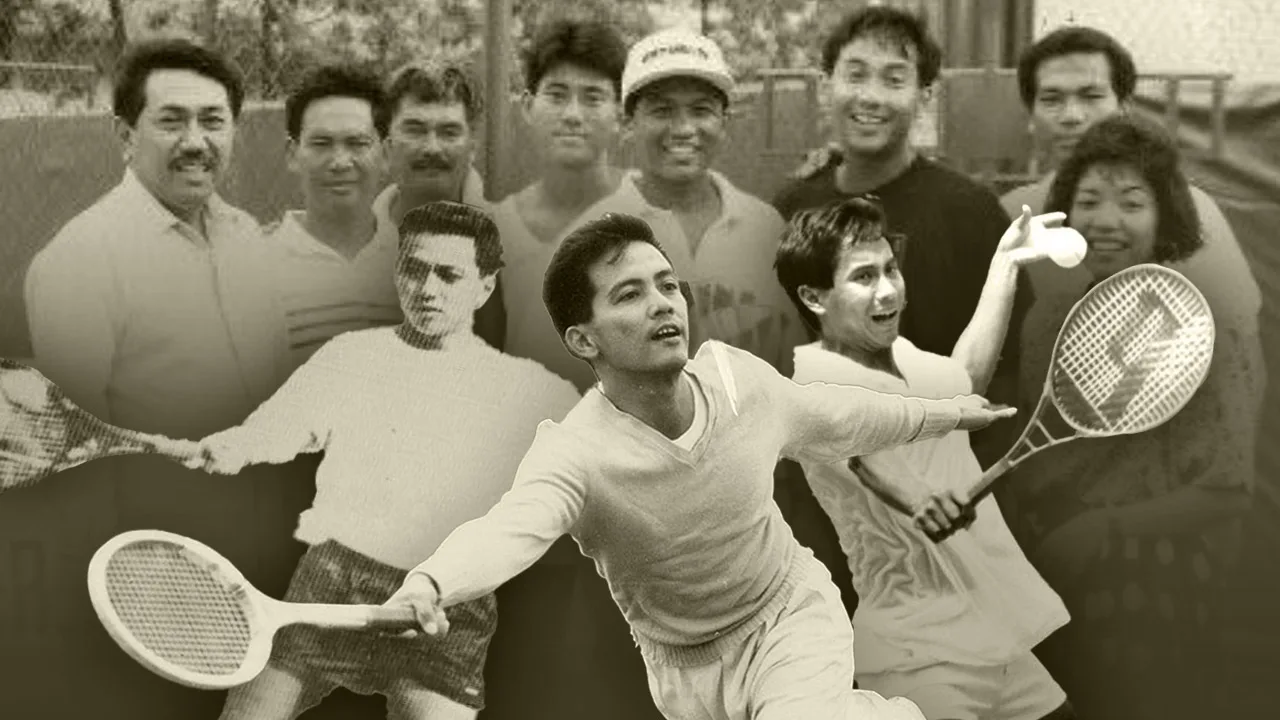
📣 Let’s Keep the Rally Going
As Filipino tennis reaches new heights, the call to support it has never been louder:
- Invest in grassroots programs and public courts.
- Celebrate local tournaments and national athletes.
- Share these stories. Let kids know this legacy exists—and that they can be part of it.

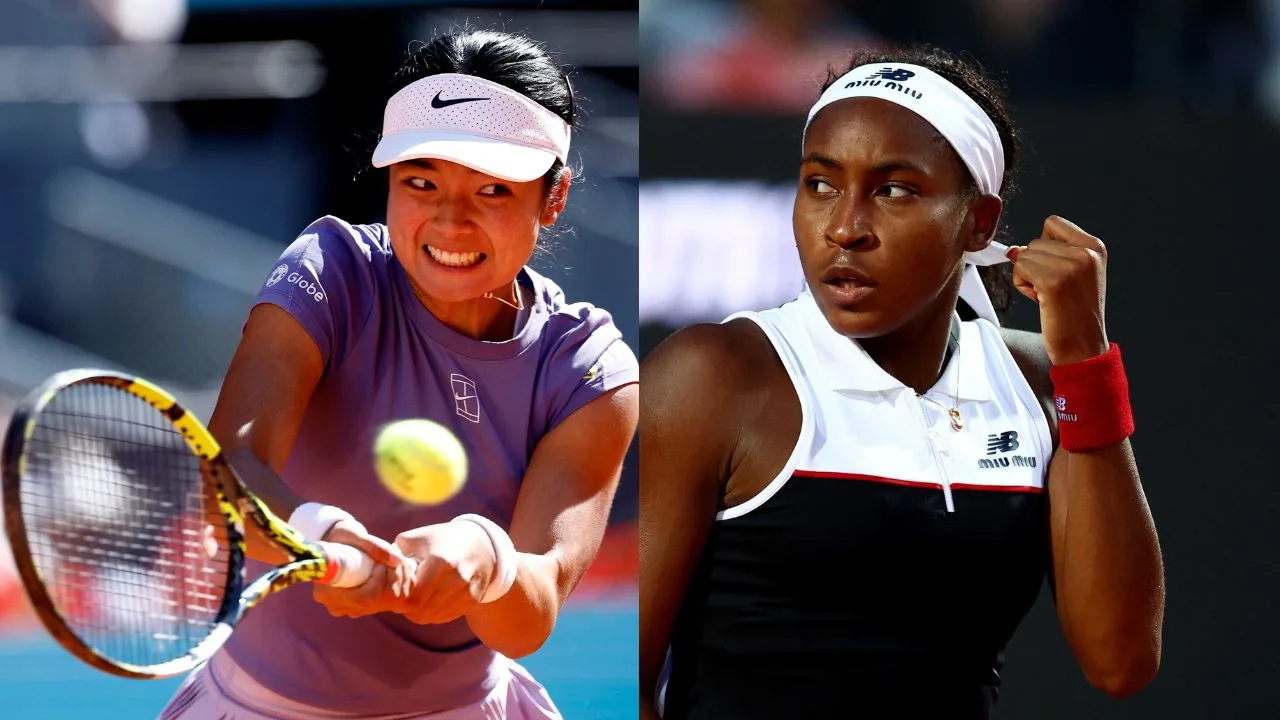
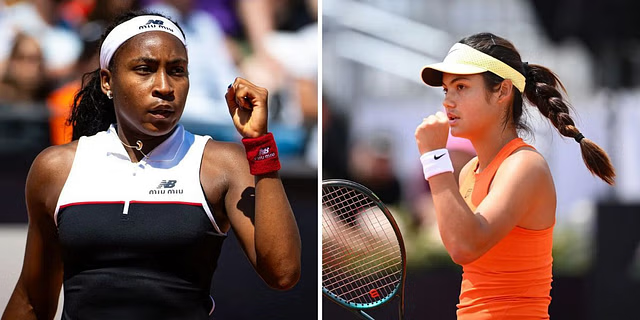
Many other names are not mentioned here like Johnny Jose, Tony del Rosario, Cecil Mamiit, Mel Ampon, Alex Marcial, Valleramos Brothers, Eddie Cruz, Ringo Navarossa, Jeanette Gomez, Jen Saberon, Raymond Suarez, Roland So and many more